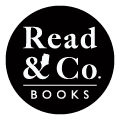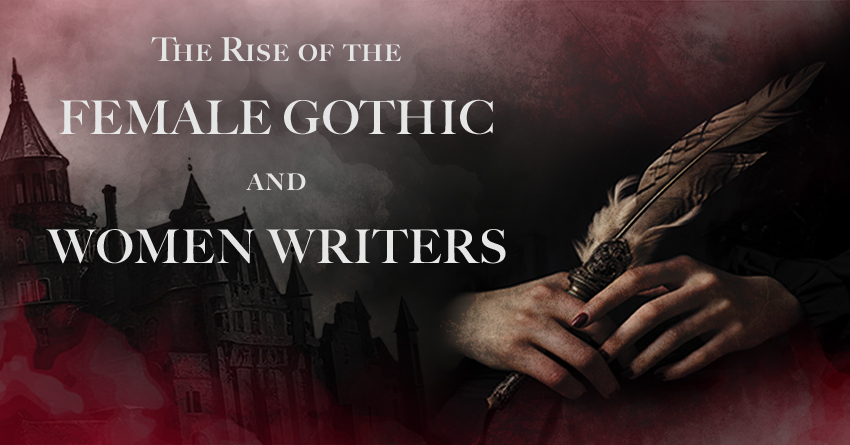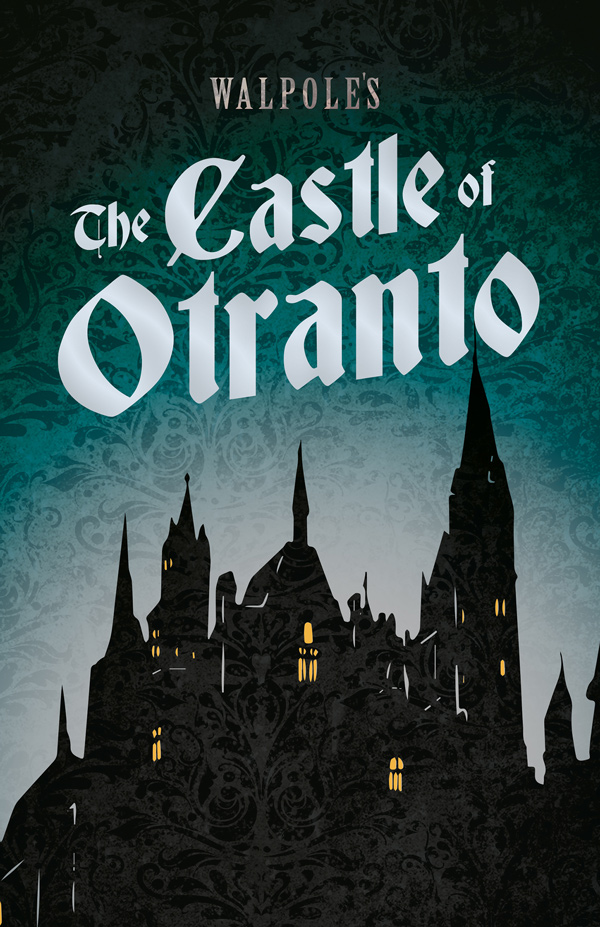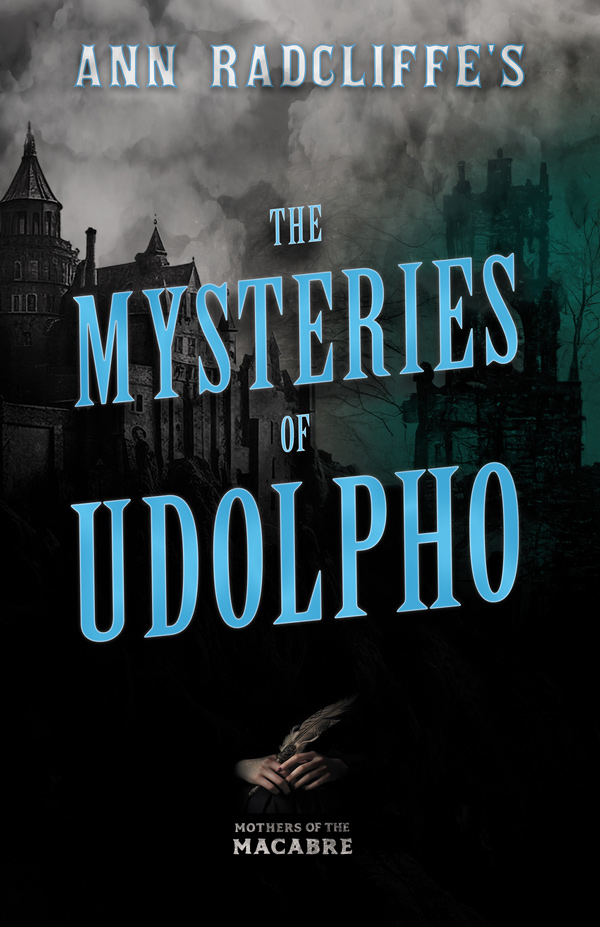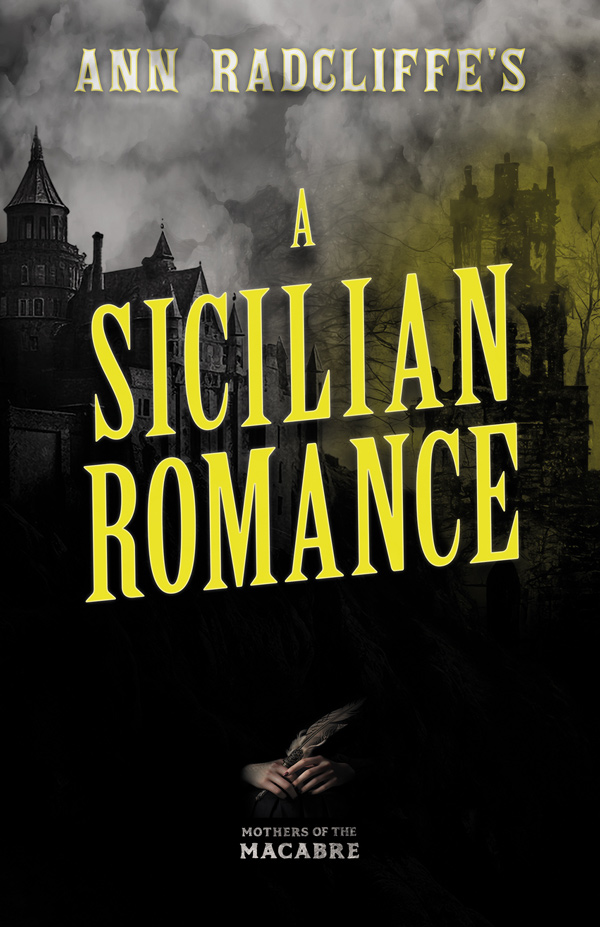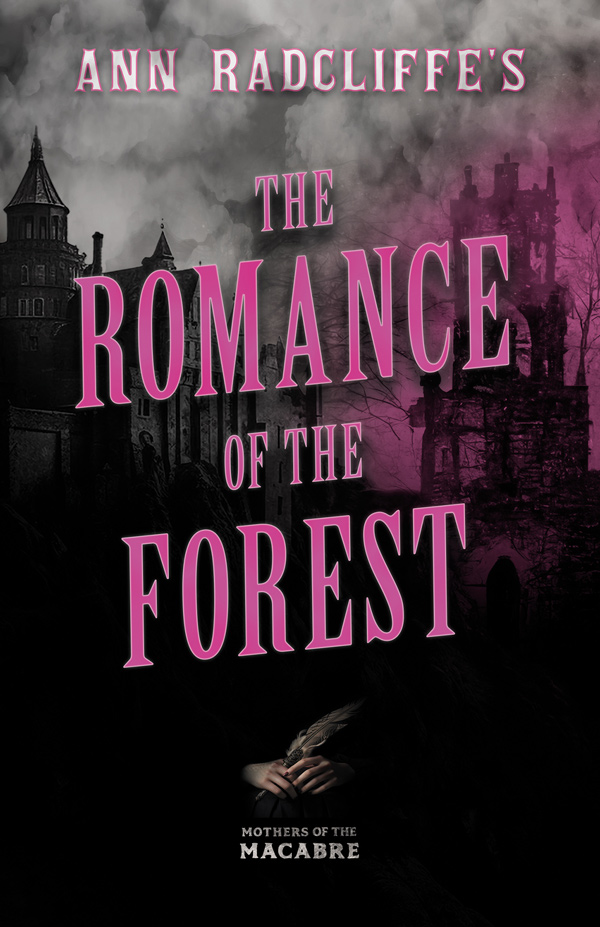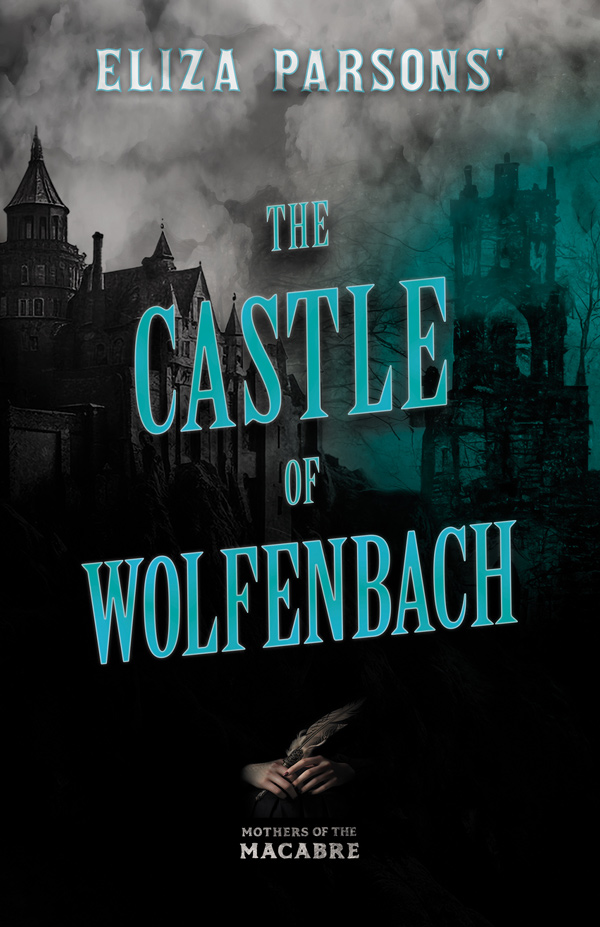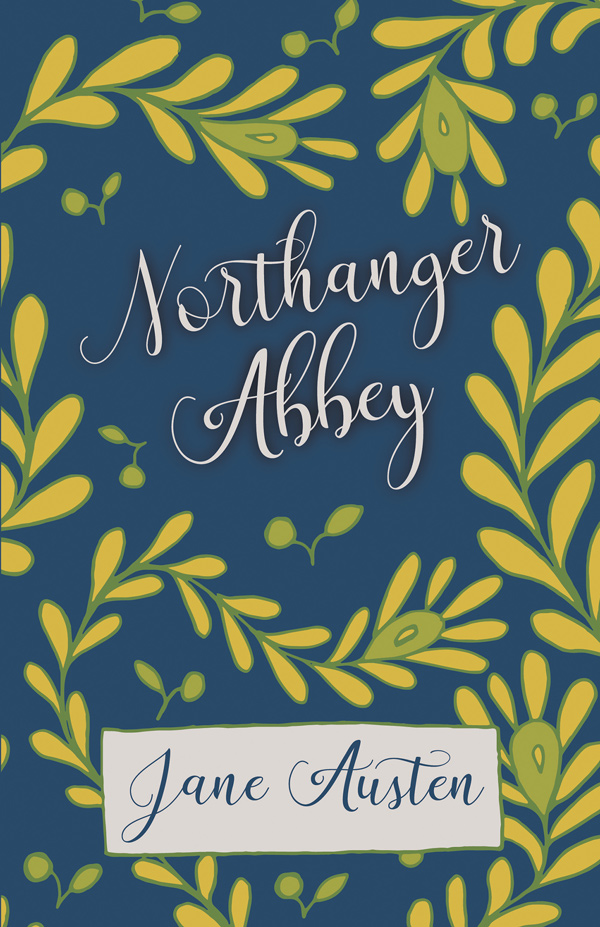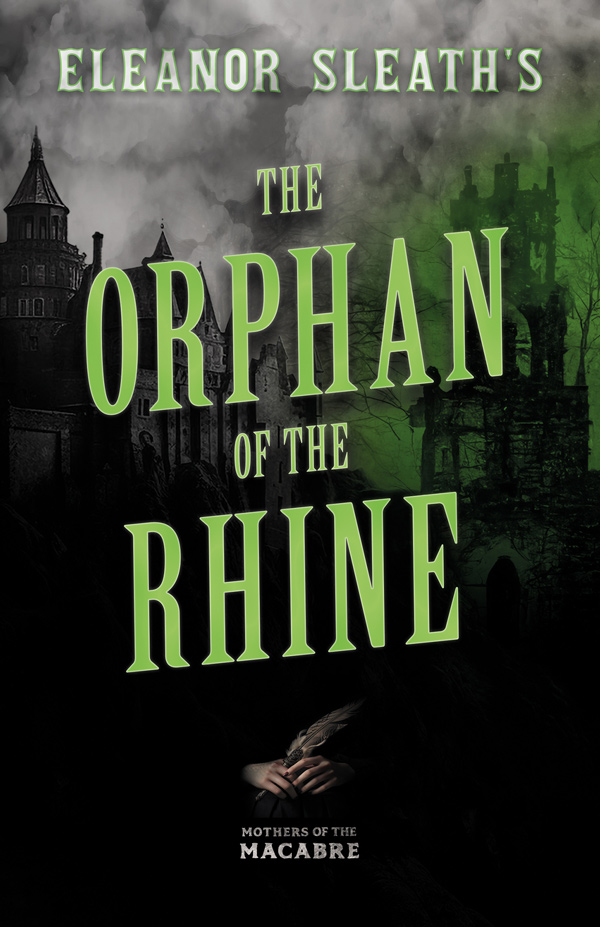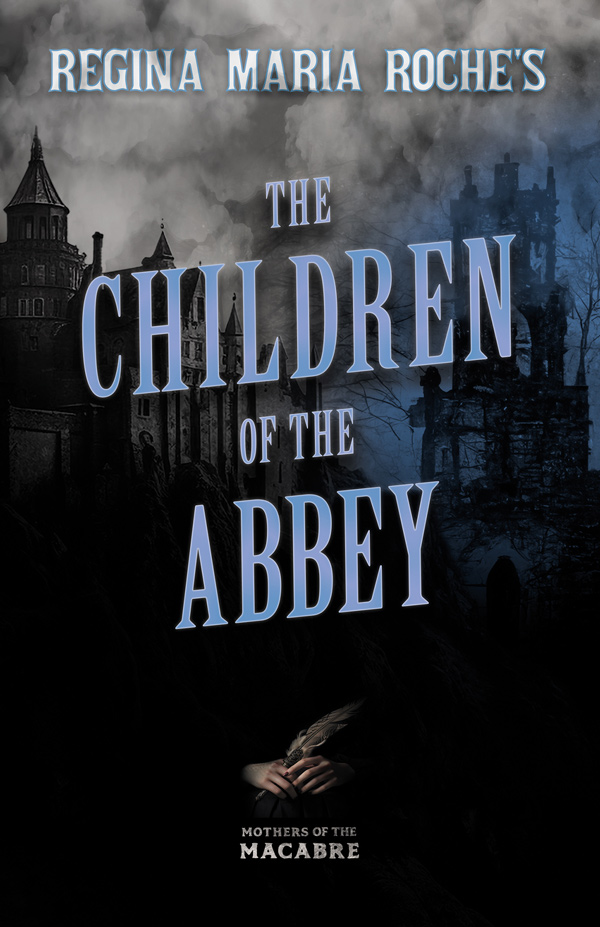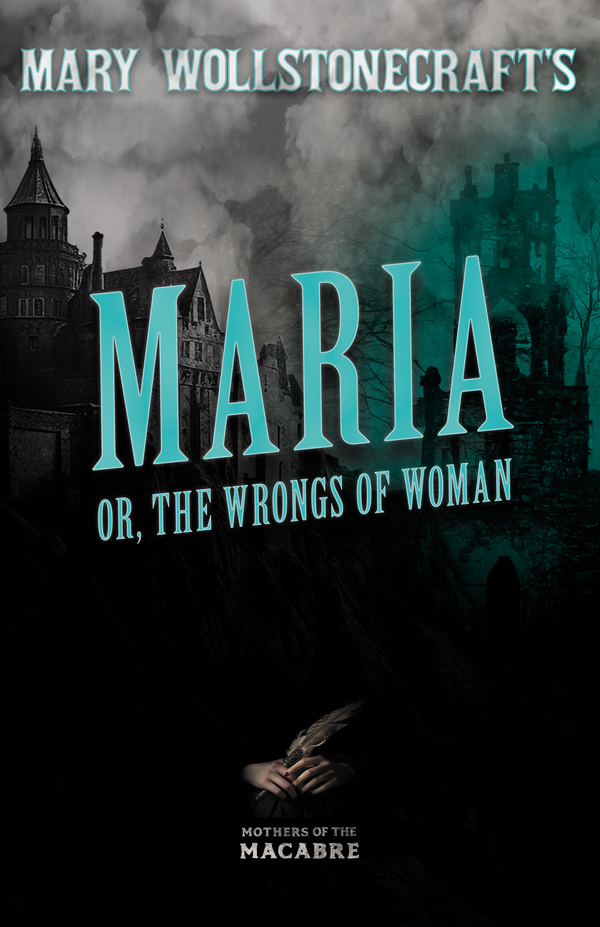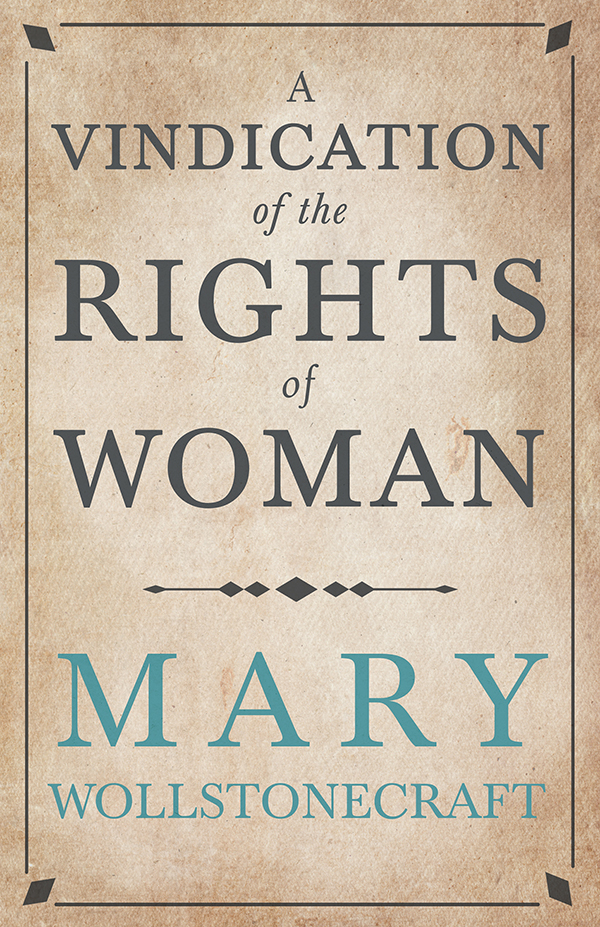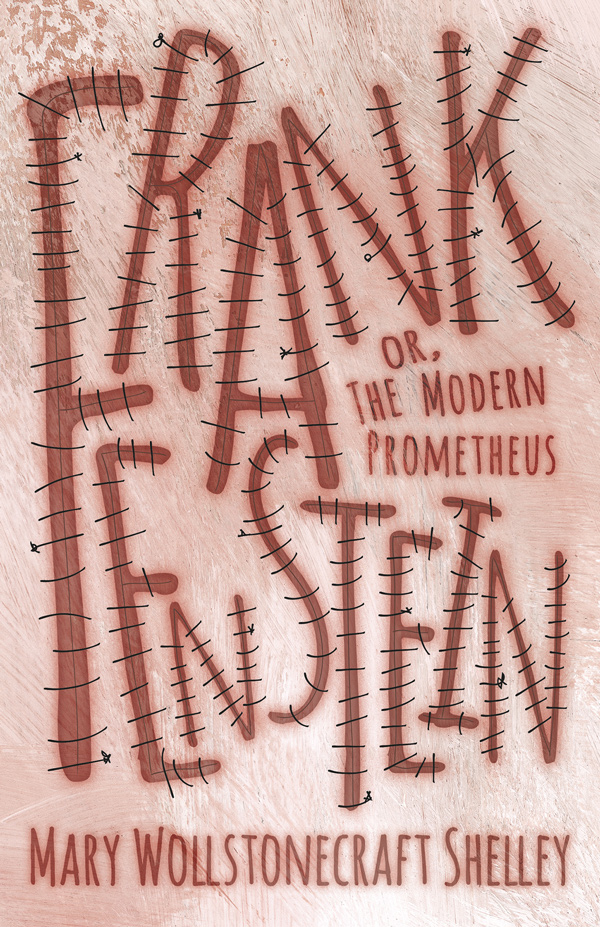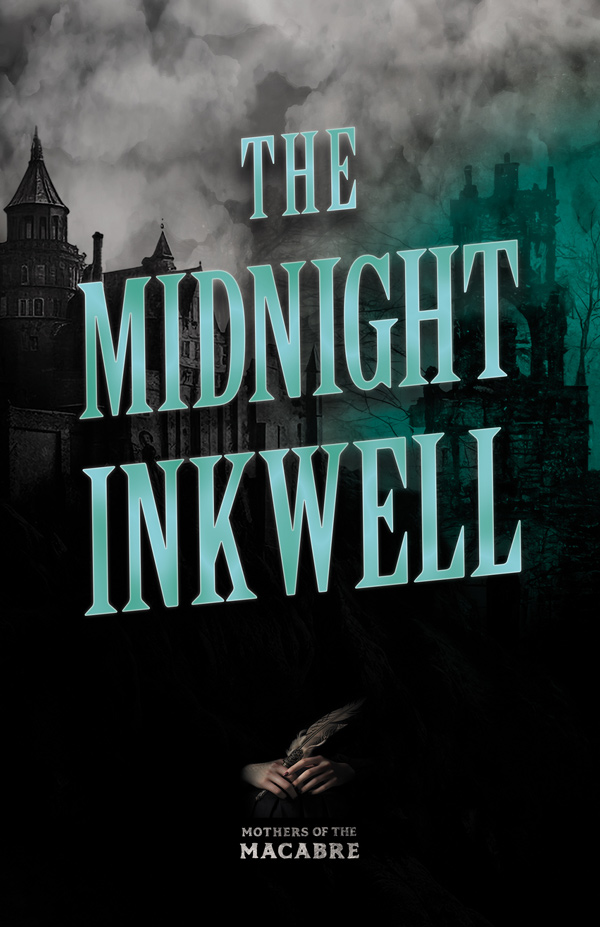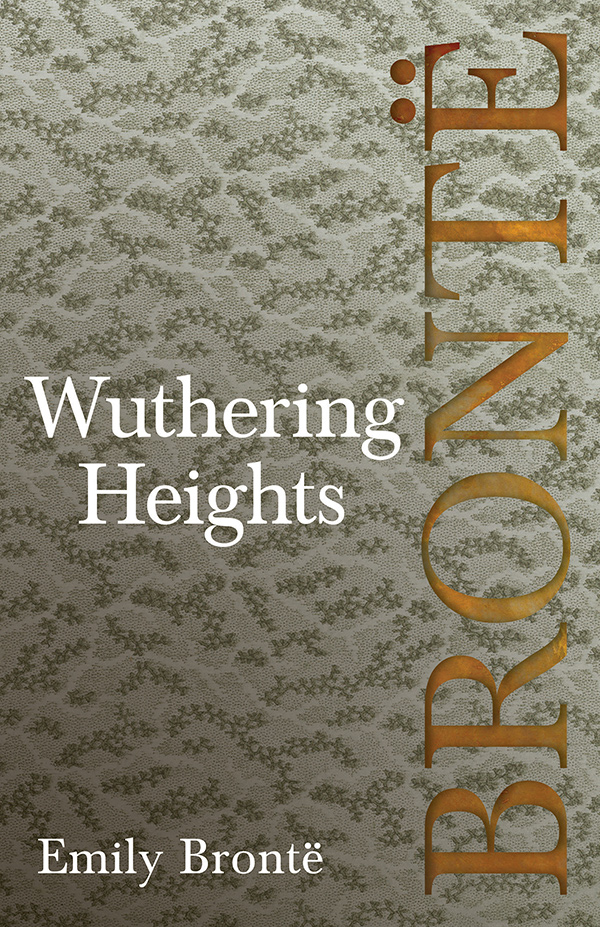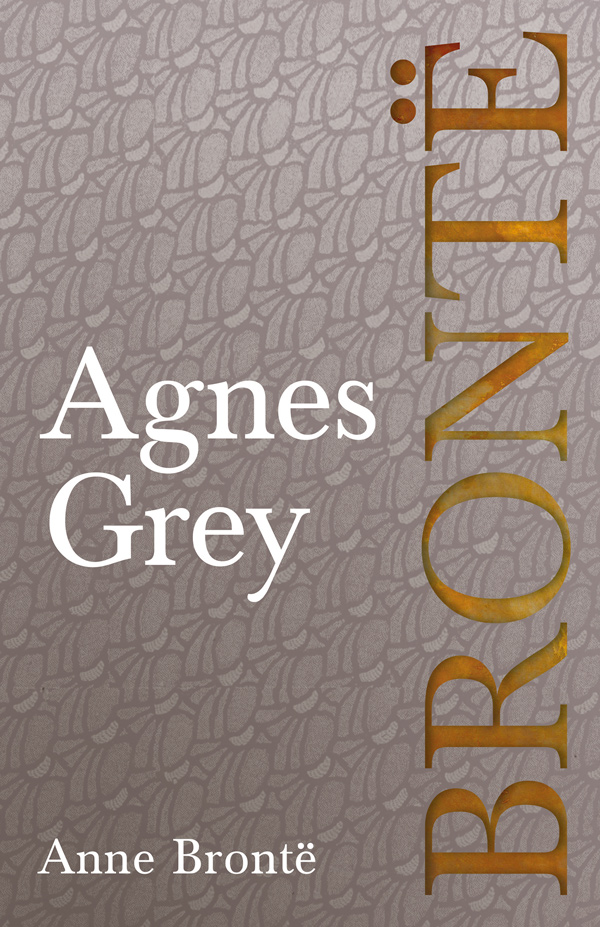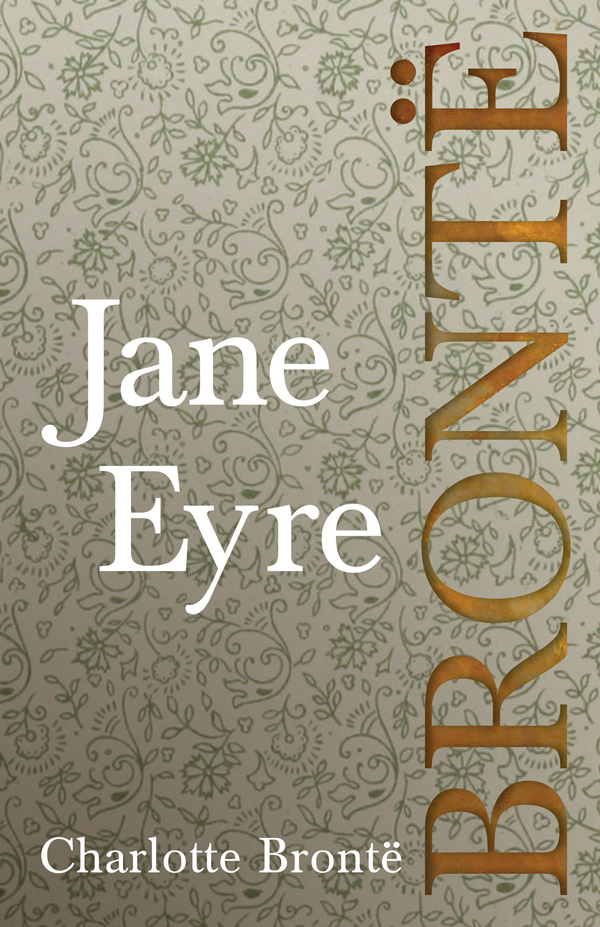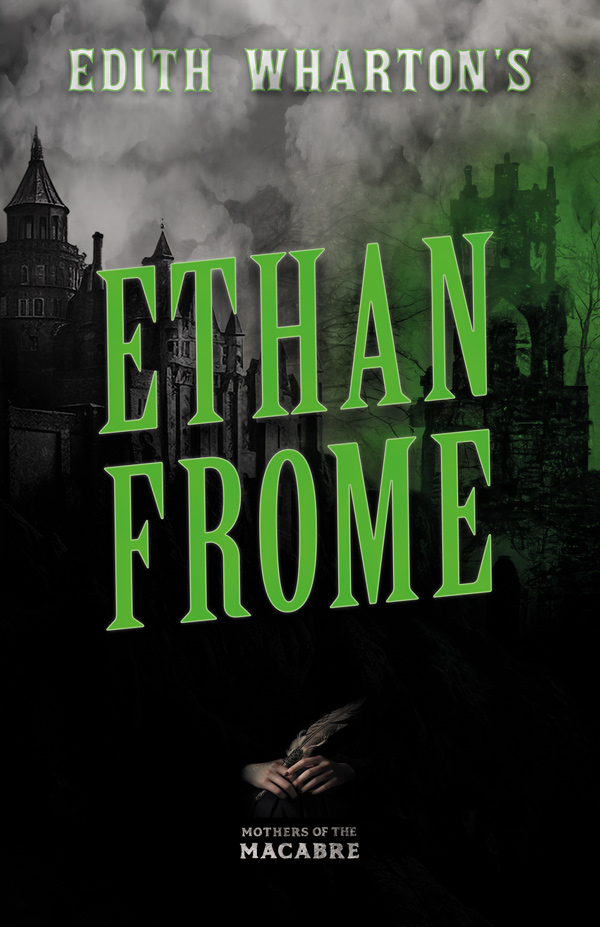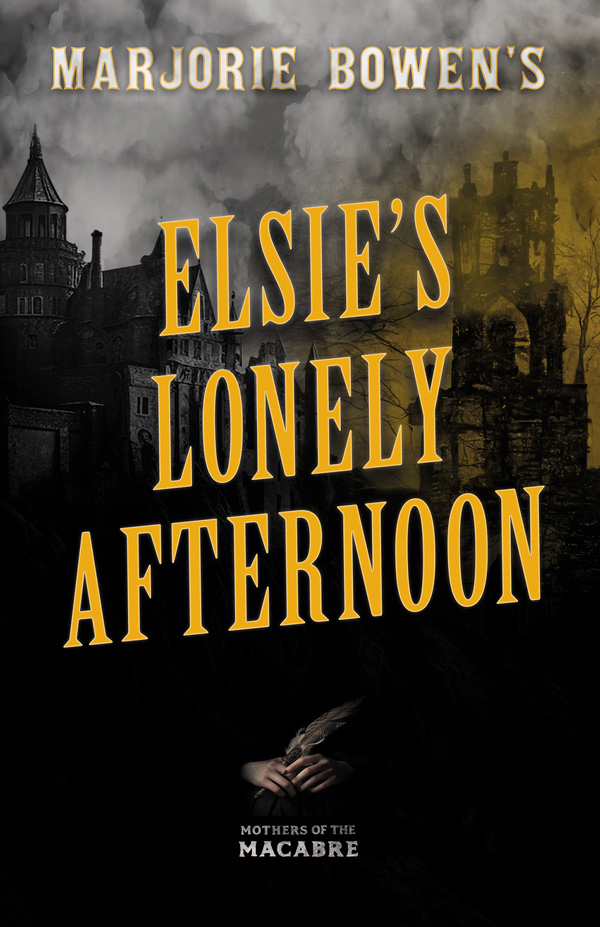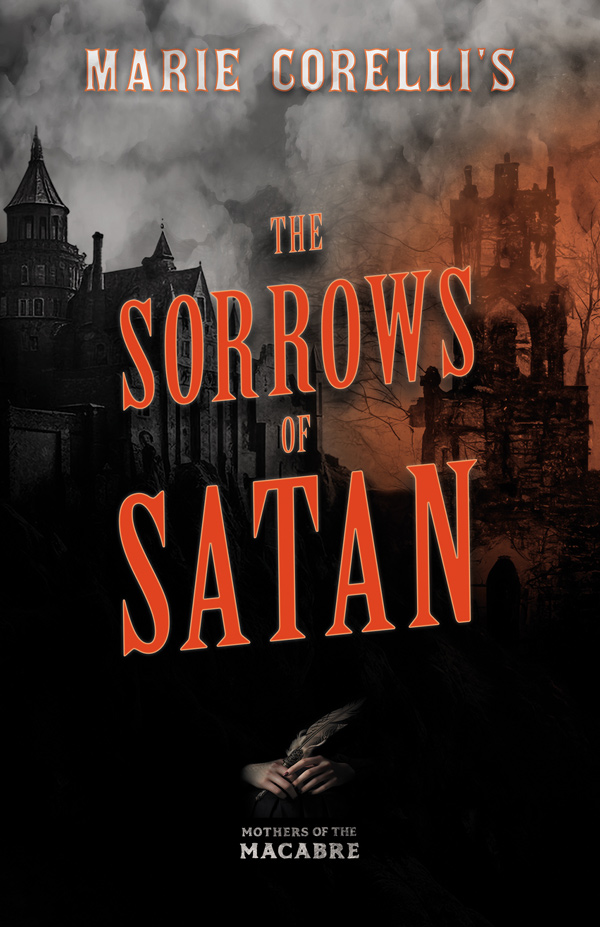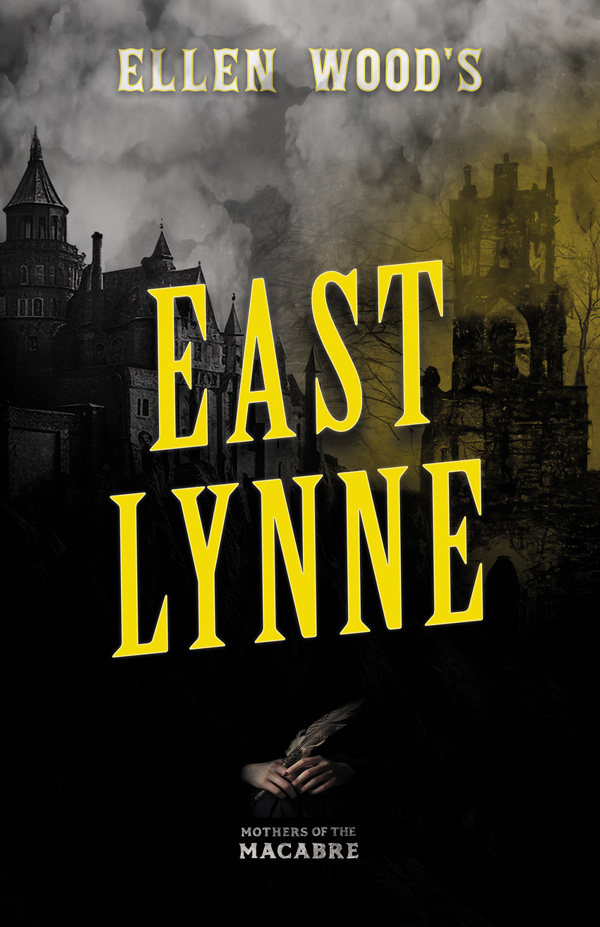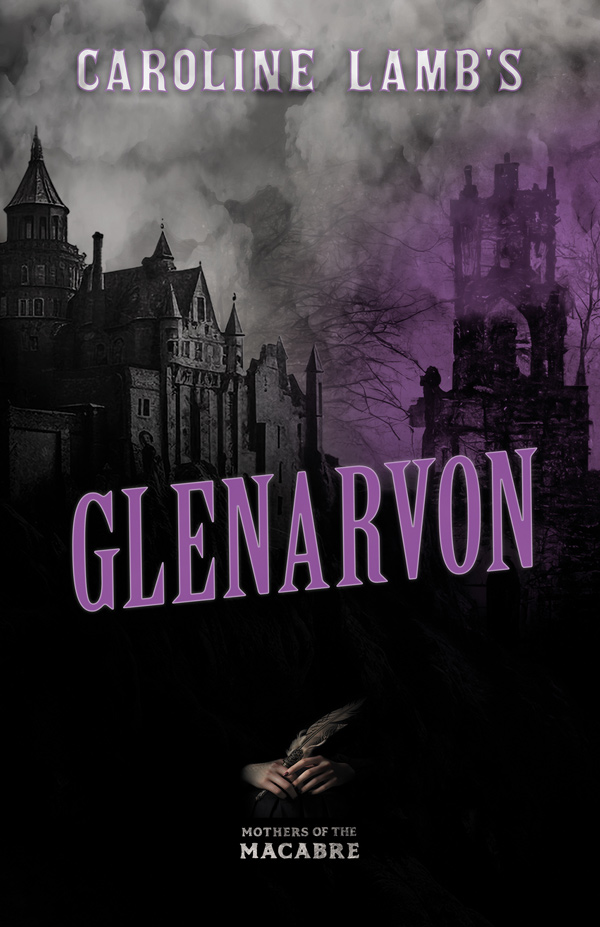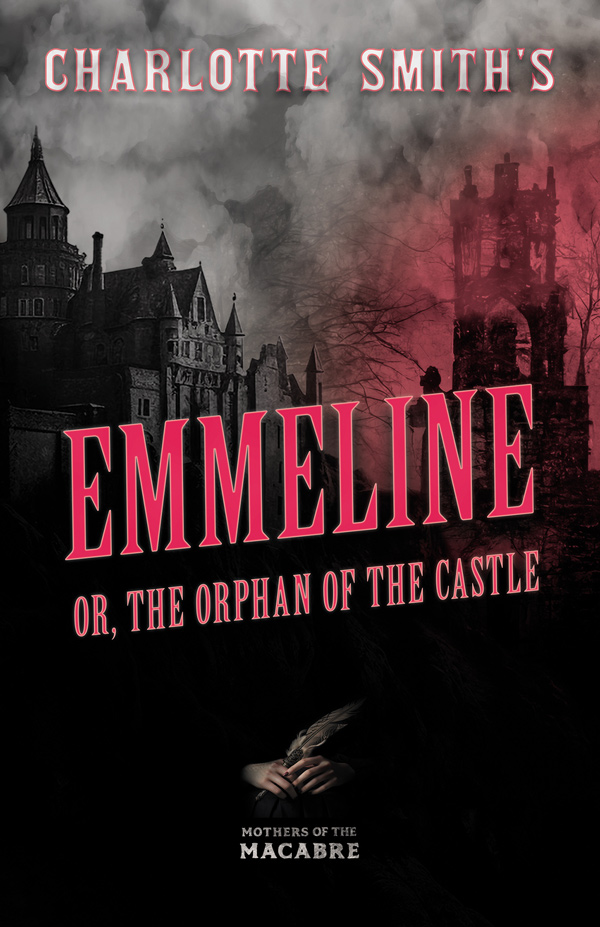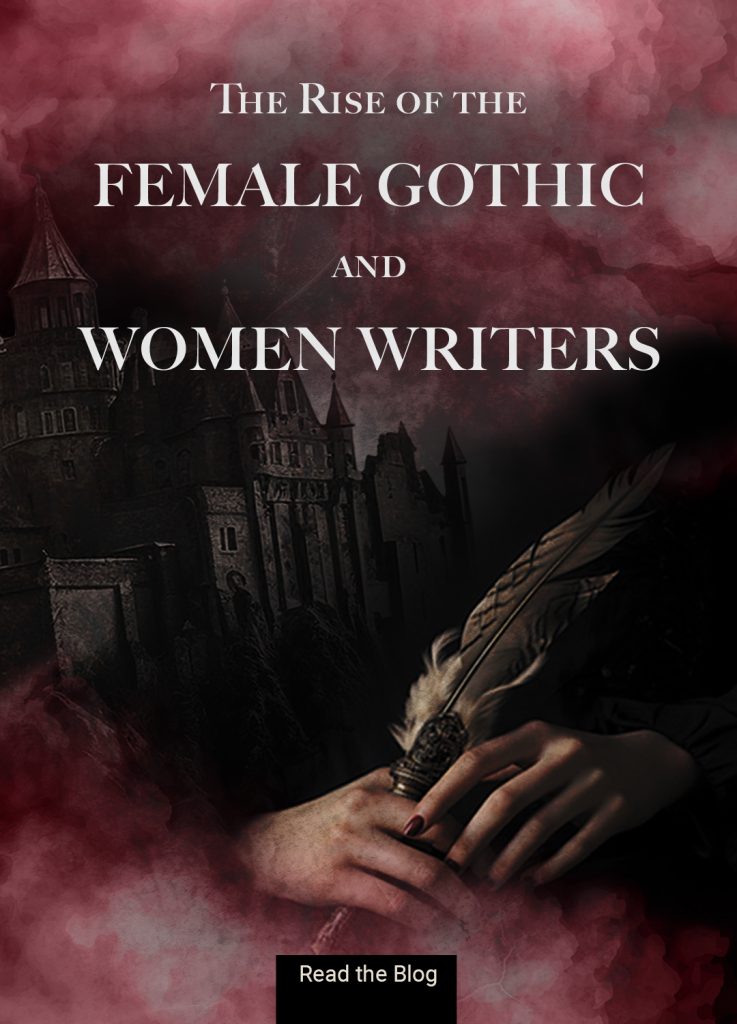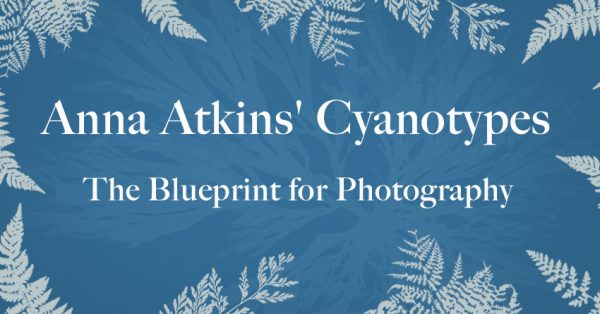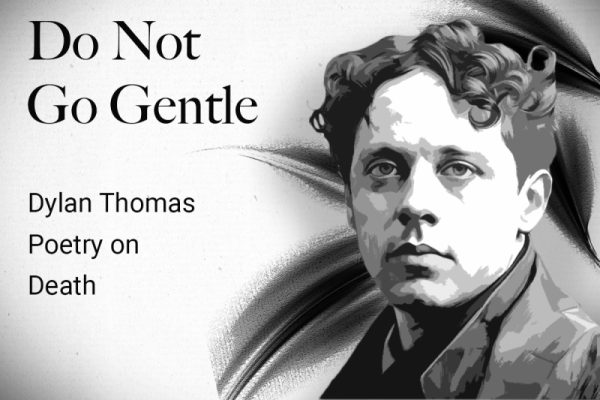Gothic literature is a genre saturated with prolific works by women. From Ann Radcliffe and Eliza Parsons to Mary Shelley and Emily Brontë, women writers have long mastered the dark and suspenseful world of supernatural terror. Many of these novels are part of the Female Gothic sub-genre, but where did they originate, and how do they differ from other examples of Gothic literature?
The Rise of the Female Gothic
The Origin of the Female Gothic
The first Gothic novel was published in 1764. Unique for its time, The Castle of Otranto by Horace Walpole encapsulates the moody, unsettling atmosphere that is now intrinsically linked to classic Gothic works. Walpole established the framework of the genre by combining themes of supernatural terror and the grotesque with a sinister plotline and mysterious characters.
As Gothic fiction rose in popularity in the last years of the eighteenth century, women writers took the genre’s key characteristics and tropes and applied them to heroines who were experiencing patriarchal terrors and the confines of gender norms.
These novels became known as works of the Female Gothic, a sub-genre that explores women’s role in society. Utilising the Gothic tradition of highlighting characters’ psychological conflicts through metaphors of supernatural events, works of the Female Gothic centre female protagonists and contemplate anxieties of marriage, childbirth, and female autonomy through the lens of supernatural threat.
Ann Radcliffe: The Great Enchantress
The first Female Gothic novel was Ann Radcliffe‘s The Mysteries of Udolpho, published in 1794. The historical novel is a tale of both physical horror and psychological terror. It presents key themes of the Gothic genre, including an eerie castle and elements of the supernatural, as it follows a fiercely bold heroine, Emily St. Aubert.
Emily’s investigation of the frightening events taking place in her remote castle home coincides with her exploration of the societal confines on her independence, with supernatural occurrences embodying her inner struggles against patriarchal forces.
The Mysteries of Udolpho can also be categorised as Gothic Romance – a genre characterised by its focus on the common man, celebration and personification of the natural landscape, and idealisation of women. Radcliffe’s earlier novels, A Sicilian Romance (1790) and The Romance of the Forest (1791) are exemplary illustrations of the genre, both examining feminine yet hedonistic tensions against beautifully scenic backdrops.
Radcliffe’s success sparked a surge of interest in Gothic literature, earning her the name ‘The Great Enchantress’. Her new literary model, now referred to as Radcliffean Gothic, led to a proliferation of works by both male and female authors who sought to replicate her distinctive style and evoke the same sense of atmospheric dread. Works by the likes of Charlotte Smith, Eliza Parsons, and Eleanor Sleath utilise Radcliffe’s ideas of terror, romance, and the supernatural in their own Female Gothic and Gothic Romance novels. The rise of Radcliffean Gothic had a profound effect on the genre, and not only from a feminine perspective. Her influence has extended beyond her time, resonating through the Romantic Era and continuing to inspire generations of writers.
Jane Austen and Gothic Satire
In the late 1790s, Jane Austen began work on her partially satirical Northanger Abbey, first published posthumously in 1818. The novel lists seven ‘horrid novels’ that exemplify Gothic fiction, including The Castle of Wolfenbach (1793) by Eliza Parsons and The Orphan of the Rhine (1798) by Eleanor Sleath, both of which are evocative writings of secrets and hidden terrors.
Radcliffe’s The Mysteries of Udolpho is also featured on the list, and Northanger Abbey goes on to parody the early novel. Known for her sharp humour and wit, Austen employs a surprisingly warm tone while she satirises the Gothic genre itself, poking fun at the overdone cliches and stock characters. Northanger Abbey mocks the unrealistic standards set for women by Female Gothic protagonists through the use of its heroine, Catherine Morland, as Austen takes the genre’s literary formula established by her predecessors and turns the traditional plot on its head.
In her works, Austen fondly mocks Radcliffian Gothic literature and the Female Gothic in general, imitating Radcliffe’s writing style to satirise its flaws to comment on the societal conventions of the late eighteenth century. She did have a great appreciation for the Gothic novels of her youth, however, and makes references to the genre in other works. In Emma (1815), for example, she mentions Regina Maria Roche‘s The Children of the Abbey (1796), with one character scorning another for not having read the novel.
The Female Gothic and Feminist Ideals
The rise of the Female Gothic sub-genre can be tied to the progression of feminist ideals towards the end of the eighteenth century. Published just two years prior to Radcliffe’s groundbreaking The Mysteries of Udolpho was Mary Wollstonecraft‘s A Vindication of the Rights of Woman (1792).
Often referred to as the Mother of Feminism, Wollstonecraft’s classic work advocates for gender equality and the rights of women, remaining a key text in the history of the feminist movement. In 1798, she produced a sequel to her feminist treatise in the form of a philosophical Female Gothic novel. Maria, or, The Wrongs of Woman, is a haunting exploration of female oppression and resilience. Wollstonecraft’s powerful prose vividly depicts a young woman’s struggle for autonomy and explores complex social issues. While offering a thought-provoking critique of gender roles, the novel is characterised by the traditional Gothic element of fear.
Wollstonecraft’s daughter, Mary Shelley, also went on to produce a masterful work of Gothic literature, Frankenstein (1818). The unnatural tale of dark scientific experimentation and its monstrous consequences redefined Gothic Horror literature and is commonly referred to as the first Science Fiction novel.
Nineteenth-Century Gothic Literature
Mary Shelley was not the only nineteenth-century woman to be experimenting with the Gothic genre. As the 1800s dawned, Gothic literature had a clear definition, which facilitated the seamless classification of works within the genre and allowed authors to push boundaries.
Women writers well-known for their work in other areas of literature began writing Gothic novels and short stories. Louisa May Alcott and Edith Nesbit, for example, are widely beloved for their children’s books, including Little Women (1868) and The Railway Children (1906), respectively, but they both produced lesser-known works of Gothic Horror. Their short stories explore feminine societal constraints, supernatural elements, and forbidden desires.
As the century developed, more women leant their hands to Gothic literature, writing timeless classics that continue to captivate readers. Elizabeth Gaskell, an English biographer, penned atmospheric and emotionally charged narratives such as The Old Nurse’s Story (1852) and Charlotte Perkins Gilman’s chilling short ghost story ‘The Giant Wistaria’ (1891) explores the patriarchal control of female sexual expression.
Also writing in the midst of the nineteenth century were history’s greatest literary sisters, the Brontës. Gothic literature’s influence is evident in each of Charlotte, Emily, and Anne Brontë’s novels. Emily’s Wuthering Heights (1847) is a brooding work of rural isolation, turbulent relationships, and haunting love. A marvellous Gothic tale, the novel features many characteristic elements of the genre, including crumbling estates, misty hillsides, and seemingly supernatural events. Similar themes are explored in Charlotte’s Jane Eyre (1847) and its blueprint Agnes Grey (1847), written by the youngest Brontë sister, Anne. All three of the sisters knit Gothic themes together with elements of romance in their novels, breathing fresh life into the genre and making their own lasting mark on literature.
Mothers of the Macabre
Each of these remarkable women contributed their unique perspectives to the Gothic tradition. The genre became an inspiring platform for female writers, giving them literary freedom to carve out a feminine narrative uniquely charged with creeping terror and suspense.
Discover more works of the Female Gothic with our Mothers of the Macabre series as it explores the depths of Gothic literature, unearthing often forgotten works of the Female Gothic as well as Gothic Horror classics. With its rich tapestry of pioneering female authors and enthralling titles, this series explores the evolution of Gothic fiction, standing as a testament to the enduring power of the genre and the lasting legacy of the trailblazing women writers who helped forge its way.
Liked this post? Say it with a Pin…
